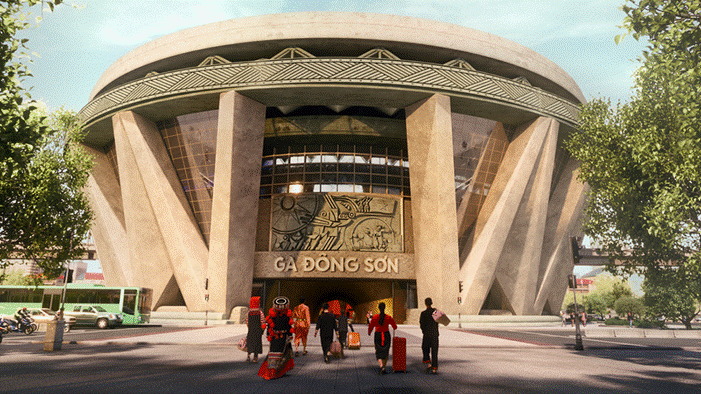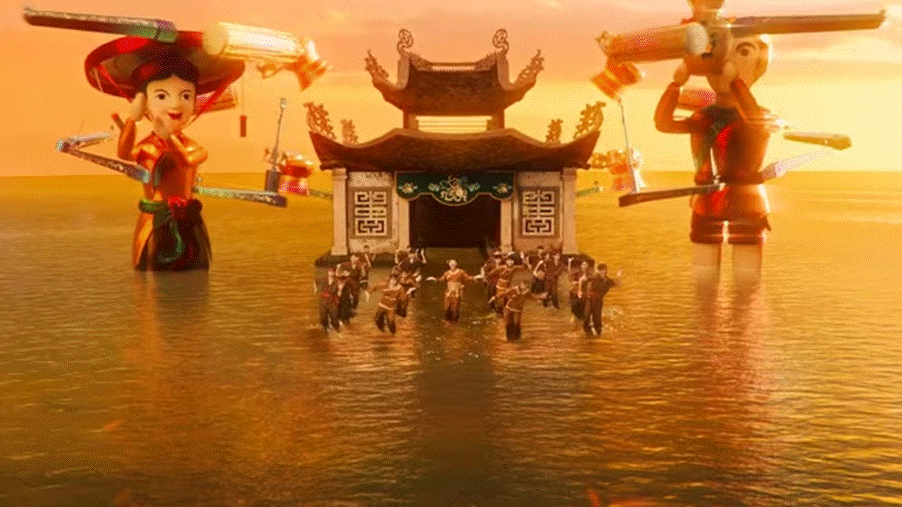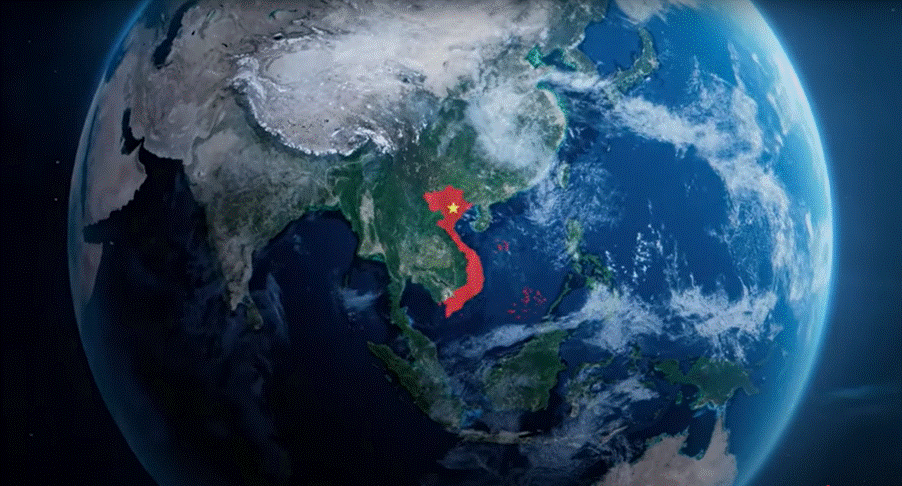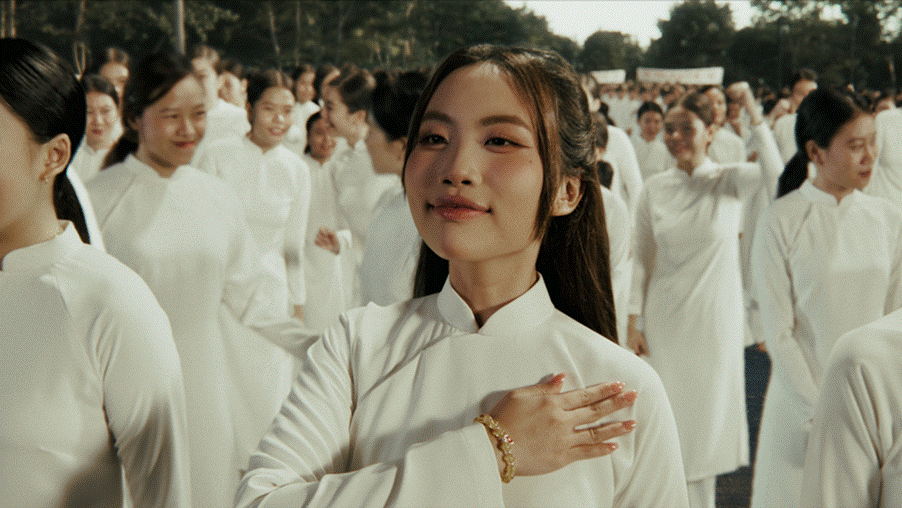Phuong My Chi is now one of Vietnam’s brightest young talents, who just catapulted into stardom with the release of Made in Vietnam last month, a collaboration with production house DTAP. Not only is it a simple music video, the project is also an ambassador of Vietnamese art and culture. Made in Vietnam is a badge of honor with the addition of artists from various age groups, including People’s Artist Thanh Hoa and singer Truc Nhan, who take part and show that the message transcends. The lyrics and visual material together project the intensity of Vietnamese identity. As it first appeared on the day of its release, the video has been a treasured gem everywhere on social networking sites, celebrated for its effortless fusion of ancient heritage and modern pop sensibility, and for making national pride through music and visual imagination. Produced in Viet Nam, Phuong My Chi and DTAP give us something more than a music video; they weave a rich fabric of Vietnam’s history, culture, and resilience.

The 54 opening costumes, each one depicting one of the country’s ethnic groups, set the tone for a celebration of diversity in unity. Phuong My Chi guides viewers in a symbolic train ride, South to North, on a journey through Vietnamese traditions to Vietnamese and international audiences to the diversity of the Vietnamese tradition. The MV has iconic elements such as Water Puppetry, the popular people’s art form, and Vietnamese delicacies, which are representative of Vietnam’s cuisine. These elements are not just added for aesthetics; they are markers of culture, confirming the identity of every location while building a sense of national pride. War imagery in the form of wartime sufferings and recitation of Nam Quoc Son Ha seems to be Vietnam’s first declaration of independence. Equally powerful is the tribute to ordinary heroes-the mothers of heroism, farmers, workers, who symbolize the determination and tenacity of the nation. The last shots, with generations standing hand in hand against the burning red map of Vietnam, are inscribed indelibly in one’s memory as a witness to unity.

Collaborating alongside Truc Nhan singer and People’s Artist Thanh Hoa, Phuong My Chi performs Made in Viet Nam as an emotional declaration of belongingness, of memory, and of mutual pride. Made in Vietnam’s artistic creation is full of ambition and imagination with current stagecraft being incorporated into traditional modes of art.
One of the most striking moments is presented by Truc Nhan’s performance on a water-puppet stage, but here re-created by actual dancers instead of puppets. The choreography with dynamic steps that are not difficult to replicate gives the show a modern touch that easily encourages dance covers and social media trending. Off stage, the visual diversity of the MV is complemented by dancers performing wearing costumes in different professions to symbolize the many contributions that keep the country afloat. These choices produce rhythm and variety on the stage and continue visual interest throughout the show. The considered positioning of local fare down the train, the painstakingly accurate background research, and the tastefully weighted color palette and lighting are all a reflection of careful attention to detail and creative visual storytelling. Each frame is designed to be a synthesis of artistic imagination and heritage by ensuring that the MV is not entertainment but a proclamation of how Vietnam’s heritage can be celebrated through creative storytelling in modern pop culture.
Made in Vietnam impacts us through the emotional connection it creates with its audience, both through pride and self-reflection. The most poignant shot, perhaps, is the view of various generations, a row of life soldiers, farmers, artists, teachers, and modern-day students, is lined up side by side. That picture powerfully reminds onlookers of the hardships achieved by past generations in the building of contemporary peaceful and prosperous life.

The final shot of Vietnam’s glowing red map is perhaps the MV’s most unforgettable moment. These film choices reinforce the MV’s theme of unity, broadcasting that from youth to birth, every citizen rewards the nation for its vitality. Among its mass audience, the scenes pulled strongly for identification, as online communities discussed national identity and shared memory. Audiences praised the music video not only for its beauty but also for the way it stirred patriotic pride. Through its application of symbolic imagery and narrative evocation, Made in Vietnam has transcended entertainment; it has become a cultural phenomenon that expands emotional investments and triggers pride among Vietnamese communities within and outside Vietnam. As the final eye of Vietnam’s red map recedes, the music video finds a lasting pride and wholeness. In its tapestry of history, symbolism, and new-stagecraft, it seizes heart and imagination.
Made in Vietnam is not observed, it is sensed-the openness of the moment, and the promise of things to come.
By bringing together artists from different generations, Phuong My Chi and DTAP prove music can be used as a tool of memory, pride, and belongingness- in the process, they have given Vietnam one of the most memorable pop moments in recent times.
